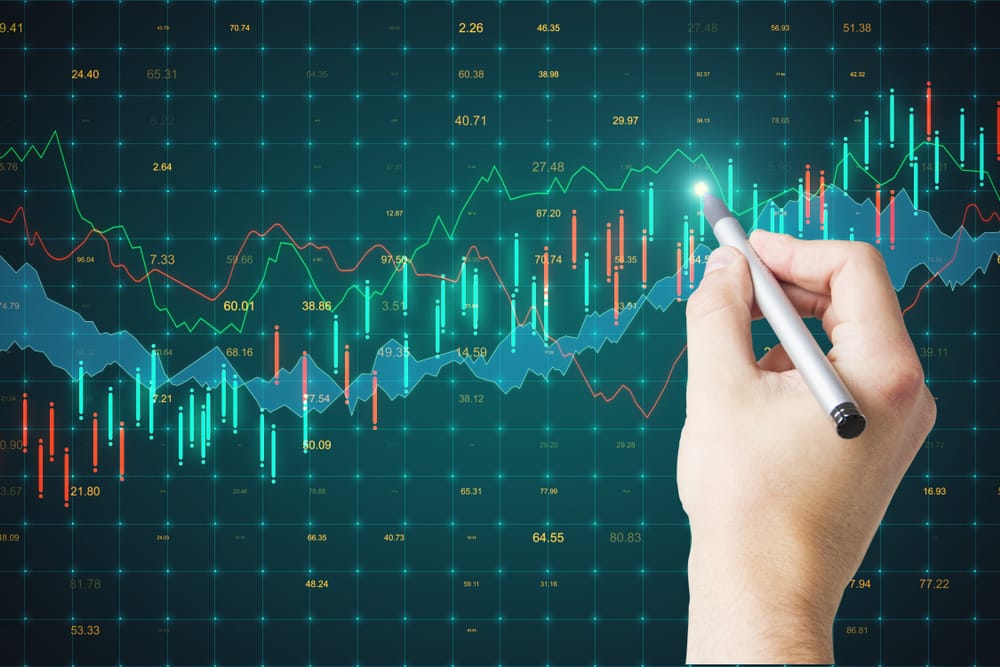Consumer Price Index for All Urban Consumers: Transportation in U.S. City Average
This dataset tracks consumer price index for all urban consumers: transportation in u.s. city average over time.
Latest Value
269.10
Year-over-Year Change
0.17%
Date Range
1/1/1947 - 7/1/2025
Summary
The Consumer Price Index for All Urban Consumers: Transportation in U.S. City Average measures the change in prices paid by urban consumers for transportation-related goods and services. It is a key indicator of inflationary pressures in the transportation sector of the economy.
Analysis & Context
This economic indicator provides valuable insights into current market conditions and economic trends. The data is updated regularly by the Federal Reserve and represents one of the most reliable sources for economic analysis.
Understanding this metric helps economists, policymakers, and investors make informed decisions about economic conditions and future trends. The interactive chart above allows you to explore historical patterns and identify key trends over time.
About This Dataset
The transportation CPI tracks the prices of items such as new and used vehicles, gasoline, public transportation, and vehicle maintenance and repair. It is used by economists, policymakers, and the public to understand the impact of transportation costs on consumer budgets and the overall rate of inflation.
Methodology
The Bureau of Labor Statistics collects price data from a sample of households and businesses to calculate the transportation CPI on a monthly basis.
Historical Context
The transportation CPI is closely monitored by the Federal Reserve and other institutions to gauge inflationary trends and inform monetary policy decisions.
Key Facts
- The transportation CPI has a weight of 16.9% in the overall CPI.
- Transportation costs account for the second-largest share of the average consumer's budget, behind housing.
- The transportation CPI reached a record high in June 2022 due to surging gasoline prices.
FAQs
Q: What does this economic trend measure?
A: The transportation CPI measures the change in prices paid by urban consumers for a basket of transportation-related goods and services, including new and used vehicles, gasoline, public transportation, and vehicle maintenance and repair.
Q: Why is this trend relevant for users or analysts?
A: The transportation CPI is a key indicator of inflationary pressures in the transportation sector, which is a significant component of consumer spending. It helps economists, policymakers, and the public understand the impact of transportation costs on overall inflation and consumer budgets.
Q: How is this data collected or calculated?
A: The Bureau of Labor Statistics collects price data from a sample of households and businesses to calculate the transportation CPI on a monthly basis.
Q: How is this trend used in economic policy?
A: The transportation CPI is closely monitored by the Federal Reserve and other institutions to gauge inflationary trends and inform monetary policy decisions, such as interest rate adjustments.
Q: Are there update delays or limitations?
A: The transportation CPI is published monthly by the Bureau of Labor Statistics, with a typical release lag of about two weeks after the end of the reference month.
Related News

US Fed rate cut depends on upcoming CPI inflation report
How the CPI Inflation Report Could Shape the Next Fed Rate Cut Decision The Consumer Price Index (CPI) inflation report plays a vital role in shaping U.S. economic policy, particularly concerning the Federal Reserve's decisions. As the primary measure of inflation for urban consumers, understanding CPI figures can steer expectations about potential rate cuts. This report influences a host of financial metrics including interest rates, US inflation, and the overall health of financial markets. A

US economic growth slows amid rising inflation concerns
US Economic Growth Slows Amid Inflation and Rising Interest Rates The US economy, a crucial indicator of its global standing, is facing a slow growth trajectory. Recent data suggest that inflationary pressures and rising interest rates are the chief culprits in this deceleration. With the Consumer Price Index reflecting heightened inflation and the Federal Reserve adjusting interest rates, the interplay of these factors raises significant concerns for economic stability. These developments furt

S&P 500 hits record as U.S. producer prices fall
S&P 500 Reaches Record High as U.S. Producer Prices Decline The S&P 500 reaching a record high suggests a notable moment in market history, particularly as the U.S. Producer Price Index (PPI) shows a downward trend. The link between the stock markets and producer prices demonstrates how interconnected these financial indicators can be. Falling PPI numbers might seem positive, yet they can signal underlying market changes. These shifts invite investors to recalibrate their approaches in response

U.S. Treasury yields fall after unexpected PPI decline
Exploring the Impact of Treasury Yields After an Unexpected PPI Decline Treasury yields have seen a noticeable decline following an unforeseen drop in the Producer Price Index (PPI), which signals a shift in economic expectations. Treasury yields, reflecting the return on investment for U.S. government bonds, serve as key indicators of economic health. An unexpected decline in the PPI, a measure of wholesale inflation, has led to immediate implications on these yields. This also puts the spotli

U.S. Home Sales Decline In August Due To High Prices
August 2023 U.S. Home Sales Decline Amid Rising Mortgage Rates and High Prices In August 2023, U.S. home sales experienced a notable decline, highlighting a distressing trend in the housing market. Homeownership is more costly these days. High home prices and soaring 30 year mortgage rates, combined with limited housing inventory, pose significant challenges for potential buyers and cast a shadow on economic recovery efforts. Many potential homebuyers find themselves increasingly priced out of

U.S. S&P 500 Represents New Market Normal, Says BofA Analysis
S&P 500 Unveils 'New Normal' in U.S. Equity Markets The S&P 500evident in recent performance trends, which is a major index in the world of U.S. stocks, may now be signaling what Bank of America calls a 'new normal' in U.S. equity markets. Defining the 'New Normal' in the S&P 500 The 'new normal' represents a transformative phase where traditional valuation norms are shifting. Amidst high points and sustained growth in the S&P 500to be heavily influenced by changing valuation metrics, such a
Related Trends
Consumer Price Index for All Urban Consumers: All Items in U.S. City Average
CPIAUCNS
Capacity Utilization: Total Index
TCU
Commercial and Industrial Loans, All Commercial Banks
TOTCI
Share of Foreign Born in Home Owners Loan Corporation (HOLC) Neighborhood A
RLMSHFBHOLCNA
Home Ownership Rate in Home Owners Loan Corporation (HOLC) Neighborhood C
RLMSHHORHOLCNC
Share of Foreign Born in Home Owners Loan Corporation (HOLC) Neighborhood C
RLMSHFBHOLCNC
Citation
U.S. Federal Reserve, Consumer Price Index for All Urban Consumers: Transportation in U.S. City Average (CPITRNSL), retrieved from FRED.